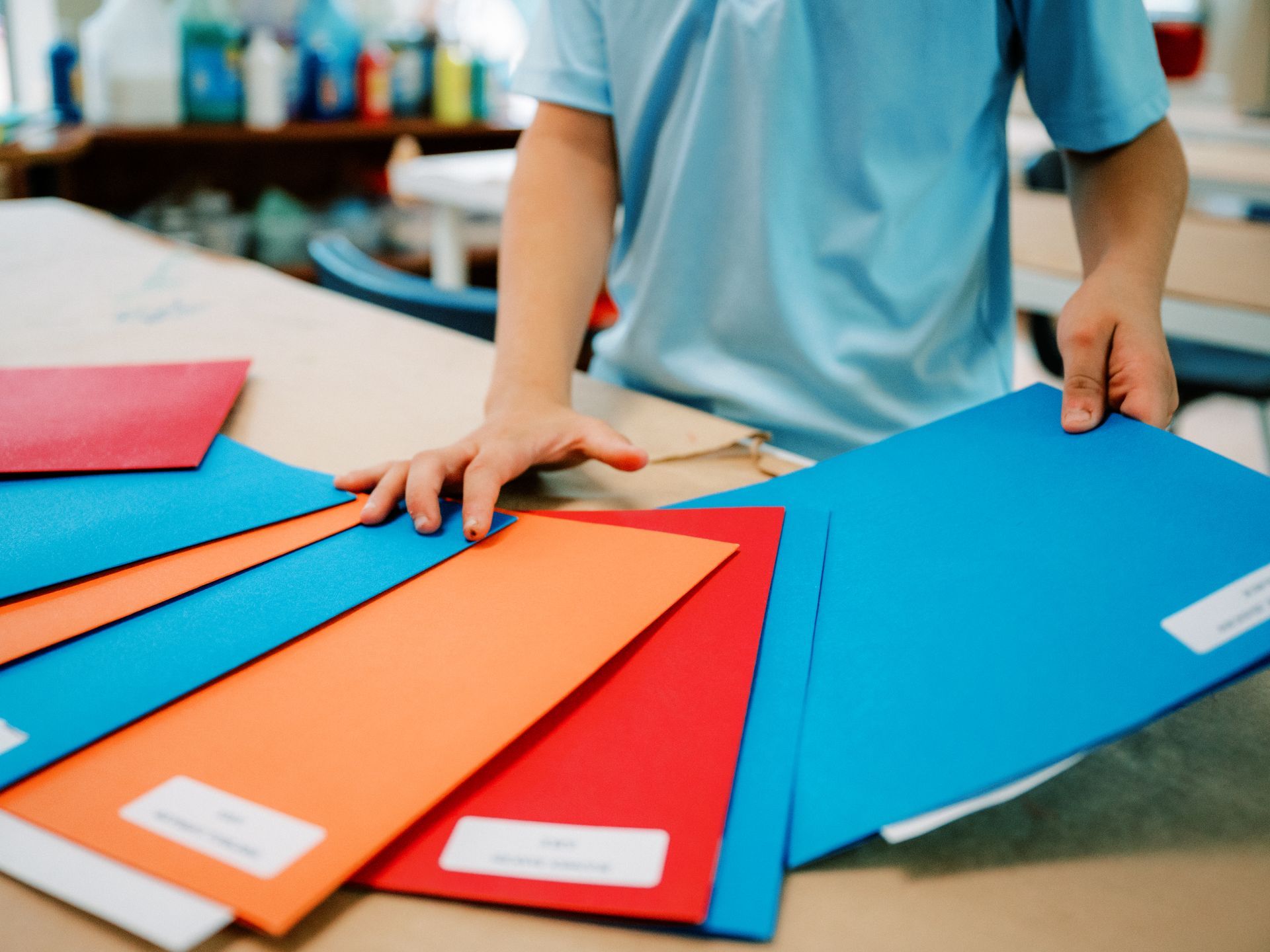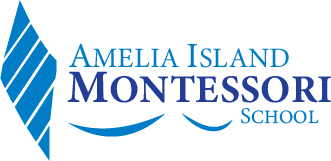
What is normalization and what does it look like in our Montessori classrooms?
Maria Montessori coined the term “normalization” to describe children who are demonstrating independence, self-discipline, concentration, and joyful engagement.
At this time in the school year, students are working towards normalization. The multi-age classroom, the prepared environment, meaningful work, an uninterrupted work cycle, Grace and Courtesy activities, and adult observation all support the development of normalization in any Montessori environment.
Montessori classrooms are multi-age, which means that in any given year, two thirds of the children are returning to the environment. These older students in the class serve as role models for the younger peers, easily folding them into the existing routines and expectations of the classroom. The children of varying ages work very well together.
The prepared environment is designed to call the children to the work they find meaningful and engaging. Offering many materials of interest at various levels means that each student has opportunities for exploration.
A stretch of protected work time, called the uninterrupted work cycle, allows children to engage deeply in the work that interests them. Dr. Montessori observed that children work because they enjoy the experience - not the product.
We also support the process of normalization through Grace and Courtesy lessons and activities. These activities can help the child become oriented to the prepared environment and serve as tools for functioning in the classroom, using the materials, and interacting with others. Some common Grace and Courtesy lessons at the beginning of the school year include greeting one another, rolling a rug, tucking in a chair, and asking to observe or participate. Grace and Courtesy activities are important for establishing respect for self and others, an important aspect of normalization.
Montessori educators use observation skills to notice which materials the children are drawn to, what new lessons they are ready for, and what supports would help them to be more independent. The educator then makes modifications to the environment and plans accordingly, so that each child is being met where they are.
At this time of the school year, students are beginning to find focus and joyful work. For some children this occurs quickly, and for others it may take time to find their rhythm. The classroom itself also seeks normalization, not just the individual children. Students who work independently are courteous towards each other, focused on their work, and enjoy the work they are doing; these are all signs of normalization.
By Ms. Kim, Lower Elementary Educator


